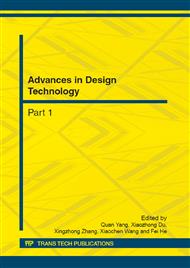p.1219
p.1224
p.1228
p.1232
p.1236
p.1241
p.1246
p.1253
p.1259
Design of Turning Area for LNG Terminal Base on Computer Simulation
Abstract:
Design of turning area for sea port is generally done according to the outcome of theoretical calculation or real-ship trial. However, these methods only take into account some limited respects for planning a port or are not so cost-effective. In this paper, computer simulator is used for optimizing the size of turning area for Yangshan LNG terminal. The outcome indicates that the major axis and minor axis of the turning area can meet the requirement of Q-Max LNG carrier berthing operation and it is suggested to do such maneuvering in some given conditions related to wind, current, tide, visibility and wave.
Info:
Periodical:
Pages:
1236-1240
Citation:
Online since:
November 2012
Authors:
Keywords:
Price:
Сopyright:
© 2012 Trans Tech Publications Ltd. All Rights Reserved
Share:
Citation:


